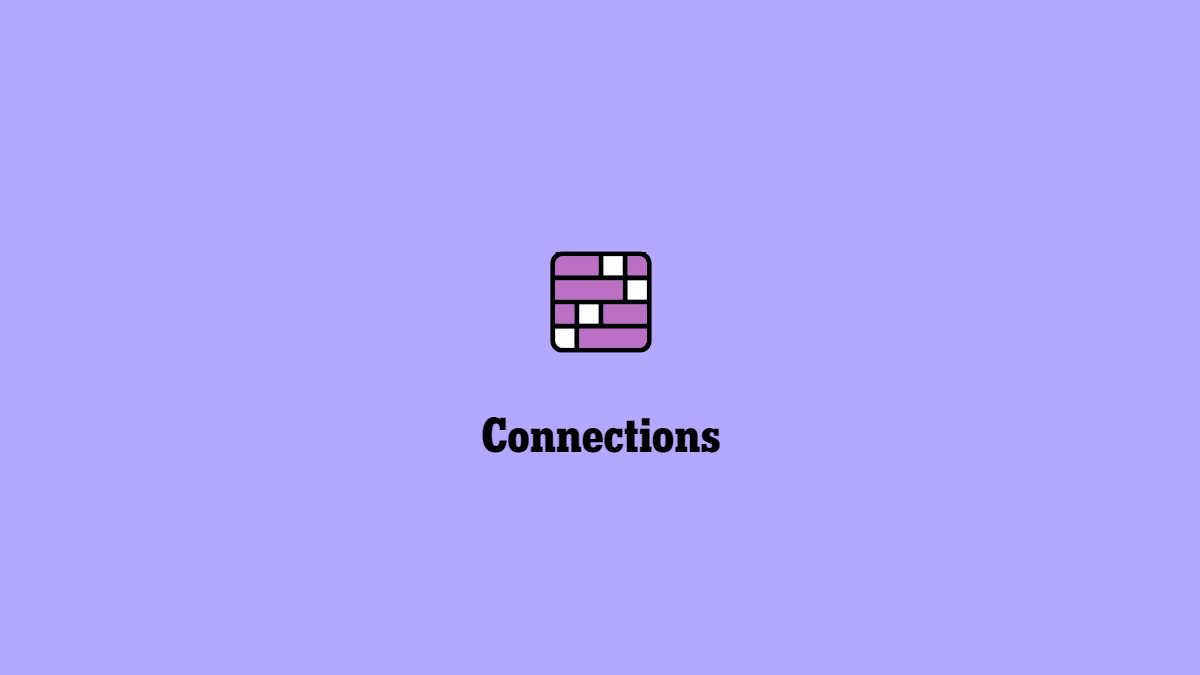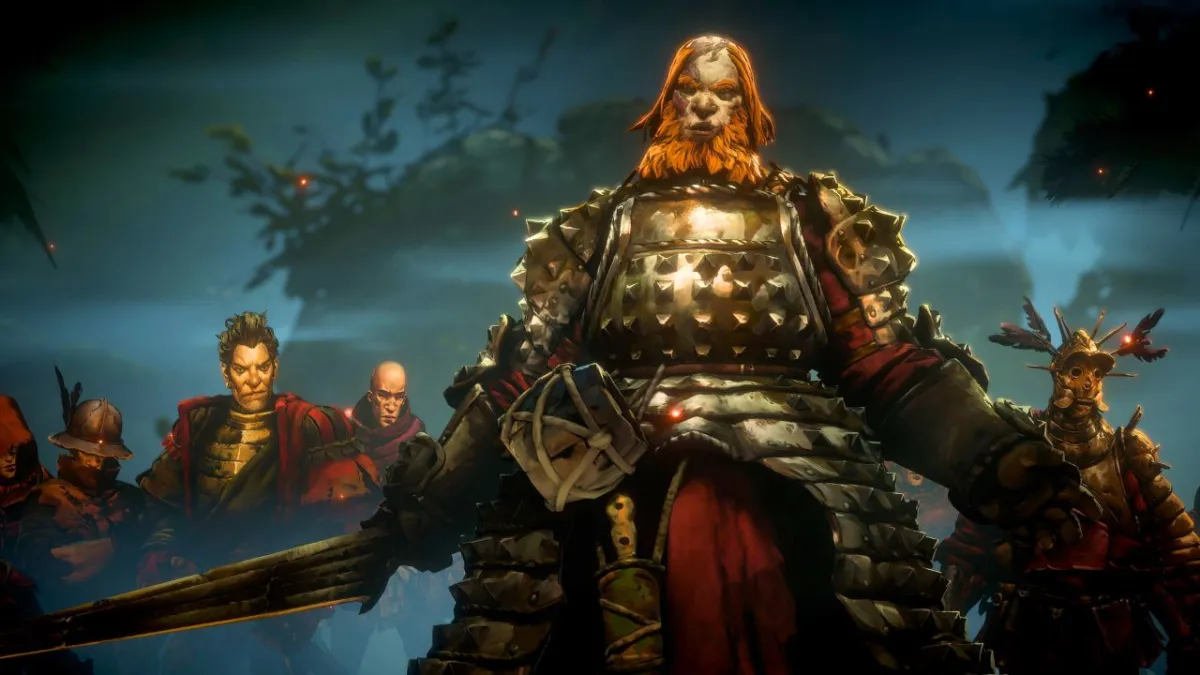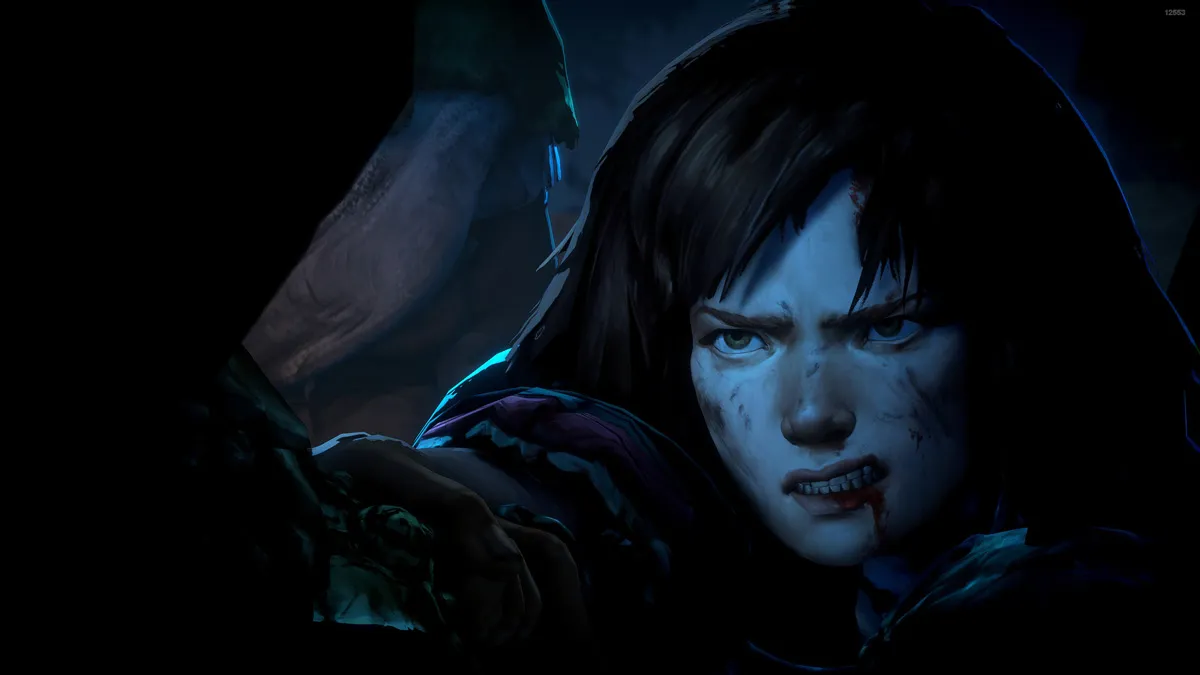How to win CS:GO PUGs
by @ChaseSpell
First, I present general attitudes and methods for increasing your chance for victory. Next, I discuss methods for winning rounds specific to playing as T and then as CT. If you were to adopt the following attitudes and methods for CS:GO PUGs, then you would thereby increase your chance for victory.
( 1 ) Only make a critical comment about a teammate’s play if you believe making the comment is necessary to secure victory. If you decide to comment, tread lightly. Many people will respond to criticism, no matter how politely stated, in ways that decrease your chance for victory. Remember the context: you’re playing a PUG. So, don’t presume to coach your teammates.
( 2 ) Say ‘good job’ and ‘nice try’ to your teammates. Even if you don’t think it was a nice try or a good job, saying so almost always contributes positively to teamwork in future rounds, thus increasing your chance for victory.
( 3 ) Never express grief toward your teammates. It’s not a kind way to treat people. Also, griefing your teammate(s) will almost certainly decrease your chance for victory.
( 4 ) If one of your teammates makes a negative comment about your play or asks you to justify or to explain your play, do not make an attempt to do so. Instead, suggest to focus on the best way to win the current (or next) round. Even if your play was justified, the result cannot be changed. Offering your justification will usually only serve to distract you and your teammates from focusing on how to win the next round.
( 5 ) Acknowledge your own mistakes without hesitation. A willingness to acknowledge your own mistakes tends to cultivate teamwork and increase your chance for victory. For example, your teammates will be more receptive to a suggestion coming from a teammate who acknowledges his own mistakes, rather than a suggestion coming from a teammate who behaves as if his own play is flawless.
( 6 ) Instead of using colors, learn your teammate’s names and use their names (with reasonable abbreviations when necessary) for calling. If you use your teammate’s names instead of using their player-color, then they are more likely to be responsive to your calls.
( 7 ) Communicate with maximum efficiency. To make call-outs with maximum efficiency, say, as clearly and concisely as possible, what relevant information needs to be said in order to secure victory. Examples of inefficient calls: “I hear B.” (Heard what? Footsteps? Shots? Nades? How many?); “One there.” (Where?); “Footsteps A-main.” (How many? At least one guy? At least two?). Examples of efficient calls: “At least three out mid.”; “Two footsteps B-halls.”; “I’m watching [X].”; “Two spawn-truck, one unknown.” (with three enemies remaining).
( 8 ) Let your teammates know when you can help them with your utility. Example: “I have a flash for…” Even though pop-flashing for oneself is often possible, having a teammate throw the pop-flash instead is usually the better play because the teammate taking the engagement can keep their gun out.
( 9 ) If your teammate doesn’t promptly call kills or deaths, then call the current numbers situation and suggest how to adjust. Attempting to call every instance of a kill or death yourself is impractical, so use discretion. When your team has the numbers-advantage, prioritize playing for information over taking 1vs1 engagements.
Playing as T
( 10 ) If none of your teammates call a strategy at the beginning of a round, then call one yourself. When calling a strat, keep it simple. Always call the strat as clearly and concisely as possible. Adjust the kind of strat you call, and the detail of your call, to the level you can reasonably expect your teammates to understand and perform. On T-side, a 4-1 split execute should result in obtaining many rounds against CTs who don’t effectively hold their spots/sites, which is often the case in a PUG. If you have enough time, then quickly outline the plan for the entire round. Outlining the plan for the entire round at the start will produce better results than when trying to call the strat one step at a time as the round is progressing.
( 11 ) In PUGs, CTs often make impatient and anxious plays. Exploit this tendency by using your utility and presence to induce (or bait) the CTs into making mistakes. This method often succeeds in inducing the CTs to make the particular mistake of throwing their counter-nades when you’re not committed. Also, the CTs will often respond by peeking, giving you an opportunity for an entry kill.
( 12 ) Winning a round becomes much more difficult once your team is down in numbers. Thus, try to avoid 1vs1 engagements. Instead of seeking 1vs1 engagements, fight with a teammate who is close enough to have the opportunity to get a trade-kill. Communicate with your nearby teammate to double-peek angles that are often held by CTs.
Playing as CT
( 13 ) Often some of your teammates will tend to make more efficient calls mid-round than others, and some understand the roles and rotations for the given map better than others. When this is the case, suggest for those who make the best calls and who understand the roles and rotations for the given map play the mid and rotator positions, while the others play the site anchor positions.
( 14 ) When defending either site with help from your teammate(s), communicate a plan for defending the site with your teammate. Be specific about your setup. Who is going to anchor the site and who is going to rotate? Are you using a counter-flash setup? A crossfire/bait setup? Who has contact?
( 15 ) Avoid aggressive setups in 5vs5 situations, unless your team has a good bank built up first. Lacking a solid economy, your team probably won’t be able to afford the rebuys needed after pushing and dying (even if your team wins the round).
( 16 ) Your team will likely struggle to hold default spots when playing on an eco round. So, suggest an alternative setup such as a silent-stack on either site, a pop-flash setup with multiple teammates, or a nade-stack.
( 17 ) In PUGs the T-side often lacks strong post-plant play, thus retake setups as CT can be very strong in some situations.
( 18 ) When the Ts plant, immediately communicate with your teammates to determine the best response. When your team is going for the retake, communicate what utility you have, relevant HP, and what you’re doing (what you’re clearing, etc).




